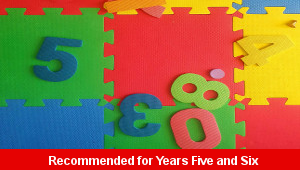Lesson One – Word Building

This English teaching pack for Key Stage Two gets the children to practise creating a range of words by adding a selection of prefixes to different word roots and identify and record changes to their spelling and meaning.
The class can explain and model how to use some of the prefixed words to describe the impact of different types of weather on landscapes and populations.
Download this teaching pack including a lesson plan, classroom activities and an interactive presentation to teach the children to practise creating a range of words by adding a selection of prefixes to different word roots and identify and record changes to their spelling and meaning
Activities in this teaching pack include a shared reading text to identify how to format and structure a recount about something that happened in the weather and a set of differentiated worksheets to identify and record how different words have been and can be changed by the addition of the prefix re.
The interactive presentation gets the children to practise creating a range of different words by adding prefixes to word roots and identify changes to their meaning.
This lesson is part of an English scheme of work to get the children to read and analyse the structure and content of recounts about the weather and write sentences from different viewpoints. There are teaching activities for shared learning, differentiated worksheets to support independent learning and interactive presentations to introduce concepts and key skills.
-

Digit Combinations
Practise building and comparing a range of numbers by combining and matching sets of digits with different number values
-

Letter Strings Words Sums
Learn the meanings and practise spelling words with common letter strings to work with when composing example sentences on different topics and themes
-

Town Flag
Investigate and practise how to create different graphic shapes that can be utilised when producing a flag representing the local community
-

Three Digit Values
Investigate and compare the place value of the matching sets of digits in numbers to one thousand to indicate their hundreds, tens and ones values
